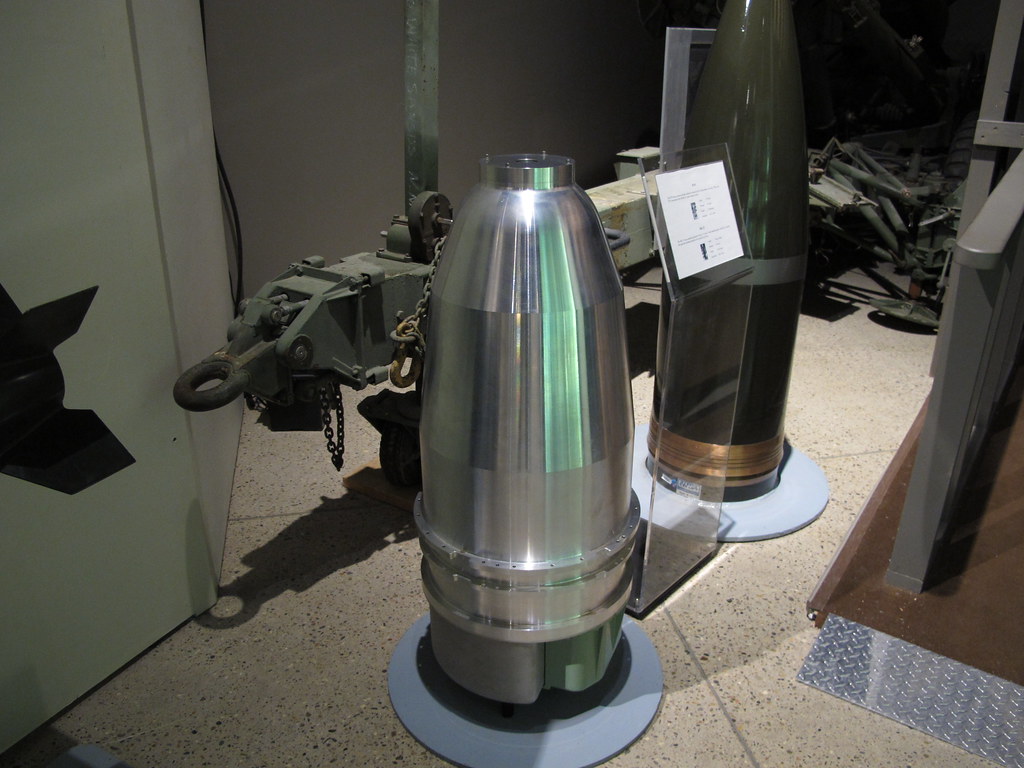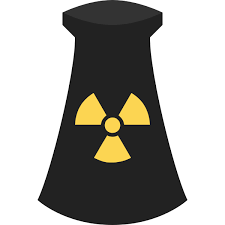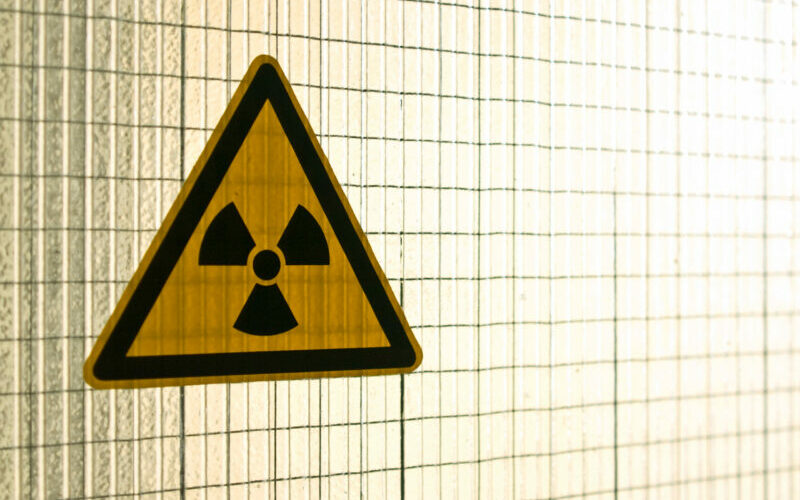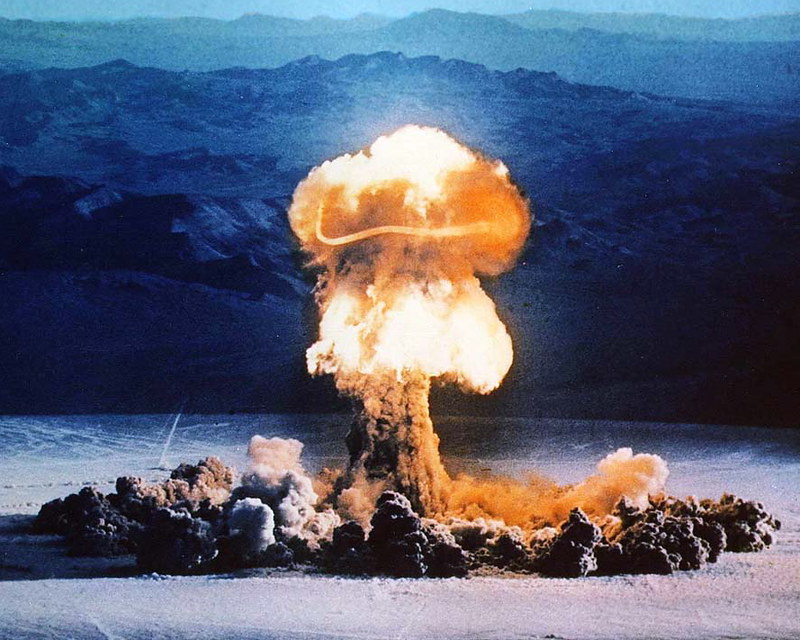What if the weapons of the past could fuel the future? 💡 That’s exactly what’s happening in the U.S., where old nuclear warheads are being repurposed to power small modular nuclear reactors (SMRs). This creative solution comes after the U.S. government banned the import of Russian-enriched uranium, pushing scientists and energy startups to explore unconventional sources to power the next generation of reactors. 💥➡️⚡
💡 From Warheads to Watts: A Bold Move Toward Clean Energy
With the world rapidly moving towards clean and renewable energy sources, nuclear energy is becoming a major player, especially with the development of SMRs. These reactors are smaller, cheaper to build, and more adaptable than traditional nuclear plants, making them a perfect fit for powering everything from cities to industrial facilities. 🌍🔋
However, the ban on Russian uranium — a key resource for nuclear power plants — has created an urgent need for new uranium supplies. That’s where the ingenious solution comes in: repurposing weapons-grade uranium from old and unexploded nuclear warheads. This once-destructive material is being melted down and reprocessed to provide fuel for these innovative SMRs.
According to Michael Goff, principal deputy assistant secretary at the Office of Nuclear Energy, this process, humorously dubbed the “couch cushion exercise”, is about converting a dangerous legacy into something that benefits society, all while solving a major technical challenge. 🧠💡

🏃♂️ The Urgency Behind Small Modular Nuclear Reactors
The U.S. isn’t just looking for new ways to power homes and businesses; it’s in a race to become more self-sufficient in energy production. With a $2 billion government investment, nuclear energy companies like TerraPower (backed by Bill Gates) and Oklo (supported by OpenAI CEO Sam Altman) are pushing the limits of technology to make SMRs a reality. 💼💰
But why the rush? 🤔
With the U.S. no longer importing Russian uranium, these startups are eager to secure other uranium sources. Without them, the entire concept of SMRs could be slowed down. As Jeff Navin, TerraPower’s Director of External Affairs, noted, the sense of urgency is growing fast, as the country needs HALEU (high assay low-enriched uranium) to power these reactors, and current stockpiles won’t last forever.
Fortunately, the U.S. nuclear arsenal holds a treasure trove of uranium. “Within their possession, they have more than enough (highly enriched uranium) to make many, many, many tons of HALEU,” says Navin, highlighting how old warheads are being transformed into a vital energy resource. This supply will help jumpstart the use of SMRs while a longer-term strategy for uranium production is developed.

⚡ What Are Small Modular Reactors, and Why Do They Matter?
SMRs represent the future of nuclear power. Unlike traditional nuclear plants, which are massive and expensive to build, SMRs are compact, modular, and scalable. They can be built faster and more affordably, and their smaller size allows them to be deployed in more places, providing localized, low-emission power. 🌱⚛️
These reactors rely on HALEU, which is where the old warheads come in. By using weapons-grade uranium from the U.S.’s stockpile, SMRs can continue operating and advancing without depending on foreign uranium supplies. As the world shifts towards sustainable and green energy, SMRs are expected to play a significant role, offering clean electricity with fewer carbon emissions than fossil fuels.
Currently, nuclear power accounts for about 20% of America’s electricity generation, and the introduction of SMRs could push that figure even higher in the coming years. With climate change on everyone’s mind, the pressure is on to develop energy sources that are both reliable and environmentally friendly. SMRs offer a promising solution by providing constant power with low carbon footprints, helping to meet the clean energy goals that many governments have set.

🔍 The Future of Nuclear Energy: A Warhead-Powered Revolution?
As exciting as this nuclear transformation sounds, it’s not without its challenges. Developing domestic uranium enrichment is crucial for long-term sustainability, and the U.S. government is working on building a more robust supply chain. But that takes time — years, in fact. Meanwhile, these old nuclear warheads provide a temporary but powerful solution to fuel SMRs and bridge the gap as new enrichment technologies come online.
The future of energy in America is undergoing a remarkable shift. What was once meant for destruction is now powering progress. 🚀🔌
Stay tuned for more updates on how these weapon-to-energy transformations could power your home in the near future! 🌟🏡
Related Articles You’ll Love:
- AI Data Centers May Need Built-In Nuclear Reactors for Power
- How TerraPower is Leading the Charge on Small Modular Nuclear Reactors
